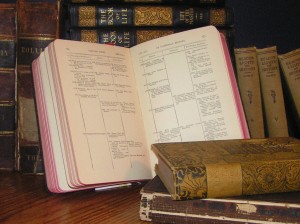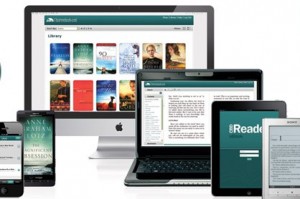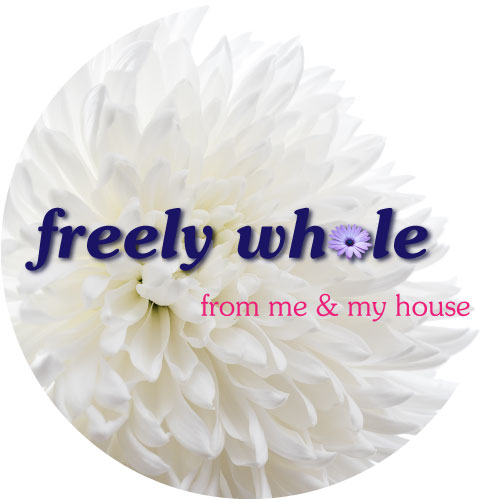Well, easy as 1, 2, 3, — 4, 5, 6, 7, 8. A couple years ago I posted some great advice for teaching Beginning Arithmetic from a Teacher’s Manual written in 1885. Since that seems to be the question I am answering most often right now, I’ll expand on that process today, to include the actual steps of instruction.
Here are 8 easy steps to laying a proper and solid foundation for Math. The first 3 are foundational principles of instruction. The next 5 are actual steps to take (in order) in teaching beginners.
1) Teach Math in the context of and as God’s Order in the Universe (Creation). Math, as all subjects, begins with God. Teach the Biblical foundations and principles of Math, from the beginning. Your child will be able to understand the basics now; you can add to them yearly as he gains more understanding. Plant seeds that will grow.
2) Make sure your child really understands each step before moving on to the next. Math builds, line upon line. If he’s if-ey on things now, he’ll be totally lost in the future. Only work on 1 step at a time, over a period of time (weeks, or months if needed.) Do not combine steps in the same lesson.
3) Math is about solving real problems. It should be taught from concrete to abstract (not in the same lesson, but over time.) Young children should not learn from a book, but from real life, real objects, with a real teacher.
4) Name Amounts. Teach amounts up to 10, with objects. Your child should be able to recognize groups of up to 10 items. This is many times overlooked or downplayed, but is an important step. [Perhaps this is easier by arranging by 5 or less. I figure God gave us 5 fingers on each hand for a reason. But it is generally fairly easy to recognize the number of fingers held up on one or both hands (amounts up to 10).] Begin with one. Then “count up” to learn 2 (as 1 more than 1.) After 2 is learned, teach 3, etc. Most children easily recognize 1 and 2 objects. Some may have a bit more difficulty with 3 – 5. Perhaps many have a bit more trouble with 6-10. Once he is able to readily recognize amounts up to 10, move on to Step 5.
5) Put Amounts Together and Take them Apart. Teach addition and subtraction with sums up to 10, and subtracting from amounts up to 10, with real objects and real-to-life scenarios. Begin with adding 1 to a number, then 2, etc. Teach subtraction at the same time, as the inverse of addition. Ex. “Sara has 2 apples.” (Put 2 apples on the table.) “Mary has 1 apple.” (Put 1 more apple on the table – apart from the 2.) “How many apples do they have together?” (Put the 1 by the 2. Your child should be able to recognize and name the total as 3.) Then you can move on to, “There were 3 apples on the table.” (That are there.) “Jimmy ate 1 of them.” (Take 1 away.) “How many are left?” (Your child should be able to recognize and name the remaining 2 apples.) Once he is able to do this very well, with all combinations up to 10, move on to Step 6. Some children may only learn combinations up through 6 their first year.
6) “Make and Break” Amounts Visually. Repeat the same types of exercises as Step 5 – adding and subtracting amounts up to 10 – with visual “representatives” (pictures) of the objects. Our children liked to do this with stickers, making up their own problems. Your child may be able to move on to visualizing the pictures in his head. He should still be “working” with objects, concrete things like, “You have 3 toy cars. Your brother has 2 toy cars. How many do you have together?” Again, after your child has had much practice with all the combinations and knows them well, move on to Step 7.
7) Abstract Amounts. Repeat the same types of exercises as Step 5 – adding and subtracting amounts up to 10 – without objects, real or pictures. In this step your child will be working with problems like “2 and 7 are how many?” – orally, not on paper. After all this practice (Steps 5 and 6) he should be learning that it doesn’t matter if it’s apples, books, toy cars, nails, or whatever. 2 and 7 “whatevers” are going to be 9 “whatevers”. This is when he will solidify all those addition/ subtraction “facts” (up to 10.) Most likely he will have many of them already down pat. Once he really understands all the above, you can move on to Step 8, where many people begin, and many children begin to get lost if they haven’t had these Steps above. Some children won’t make it to this Step in their first year.
(8) Representations. With a Beginner, you probably won’t reach this Step until near the end of his first year. Some may not even make it this far their first year. That’s OK. The Steps above are providing a solid foundation of understanding for all that will build upon it. Whenever he has the above learned well, you can teach him the written symbols that represent these amounts. You can also teach him the terminology and symbols for “plus”, “minus”, and “equals”. Now he can begin writing “number sentences” such as: 2+3=5 (if he wants.) It isn’t necessary to do a lot of these at this point. He already knows the facts – properly. Concretely. And has a great foundation of a good understanding of the principles of Arithmetic.
Where to go next? Below are all things that can be learned in the first year, if there is time and the child is ready. But don’t push them. Some of these don’t need to wait until the above steps are finished (Ordinal numbers, Measuring, Days/Months.) All but Clocks can be learned before Representations (numerals) are known.
- Count/ name amounts up to 100 (orally only with objects. Don’t work on this until after much work with and understanding of the smaller numbers through 10 is accomplished.)
- Ordinal numbers. First, Second, etc.
- Count by 2’s, 10’s, and 5’s (with objects. Pairs of socks, eyes, ears, etc. Dimes. Nickels.)
- Measure with measuring cups, rulers.
- Calendar – days of the week, months of the year, years.
- Tell time on digital clock – after applicable numbers learned. On analog clock after learning to count by fives. Start with hour (o’clock), then half hour. Progress from there only if child really understands.
- Money – pennies, nickels, and dimes. Practices counting, adding, and subtracting with them.
excerpted from Freedom & Simplicity in Math
a forthcoming publication from Me & My House
by G.A. Henty that you can read not only on your Kindle device, but also on Kindle for iPhone, iPod and iPad, Android, Blackberry and Windows phones, Mac or PC computers.
















